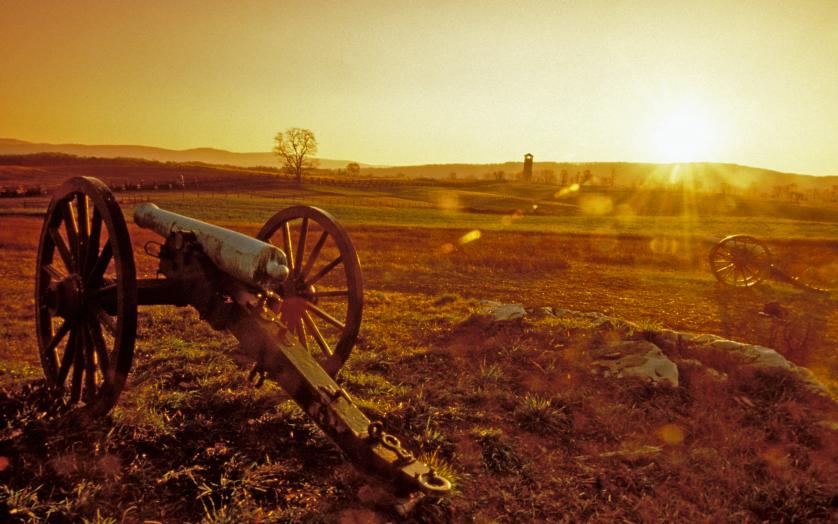
Civil War Sites to Visit
Go deeper into America’s history and visit Civil War sites that led to emancipation for thousands of African Americans and the capture of Lincoln’s assassin.

As part of the Union, but rife with Southern sympathizers, Maryland was a microcosm of a nation torn apart by war. Decisive battles that preserved the Union happened on Maryland’s soil. Experience the places where these fateful events occurred and discover stories of civilians divided by conviction, but united by compassion.
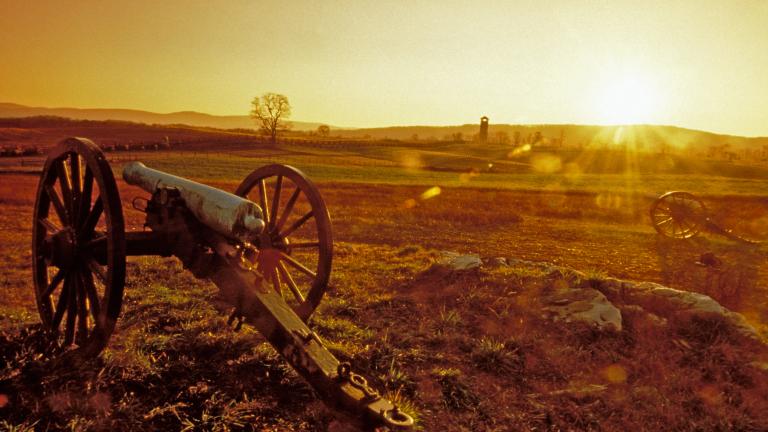
The Battle of Antietam became a pivotal event during the Civil War. Union victory at Antietam gave President Lincoln the stimulus he needed to deliver the Emancipation Proclamation. Early battlefield photography from Antietam first brought the realities of war to American homes. Citizens now understood the bloody cost of battle.
Learn about battle events that culminated in confirming the nation, freeing the enslaved, and further defining and strengthening the purpose of the American Civil War. Discover how the battle affected civilians and farmers living in the area. Begin your visit at the historic Newcomer House, site of the Heart of the Civil War heritage Area Exhibit and Visitor Center, for information and tips for planning your trip, then stop at the Antietam National Battlefield Visitor Center for an orientation to the site and a stunning view overlooking the battlefield.
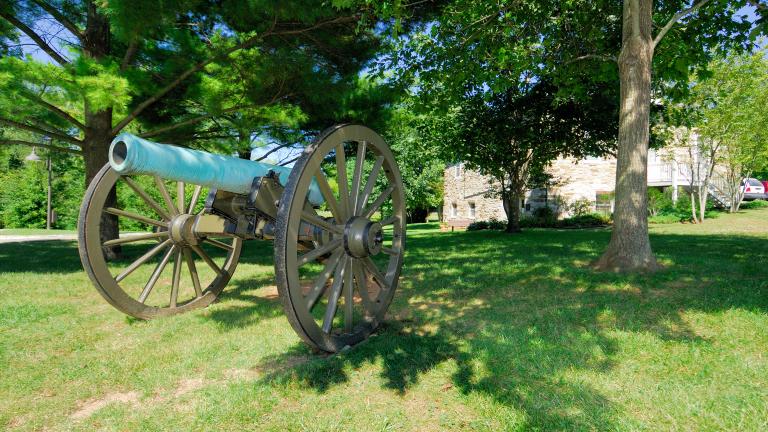
Union soldiers, outnumbered three to one, fought the Confederacy gallantly on the banks of the Monocacy River in July of 1864, buying time for Union reinforcements to arrive in Washington, D.C. The battle, which delayed the Confederates' attack on Washington, foiled the Confederacy’s plan to capture Washington and saved the capital. It became known as “The Battle that Saved Washington.

This fascinating museum in Frederick offers a unique glimpse into the world of Civil War medicine. The war marked a medical turning point as modern science revolutionized wound treatment and established a triage system in the field. Immersion exhibits illustrate the stories of patients, caregivers and medical innovations during the Civil War. Education programs, guided tours and a museum store further illustrate Civil War medicine.
From there, walk to the nearby Barbara Fritchie House. Legend has it that Fritchie refused to lower her American flag as the rebel army passed by, inspiring the famous poet John Greenlief Whittier to write, “Shoot if you must, this old gray head, but spare your country’s flag, she said."
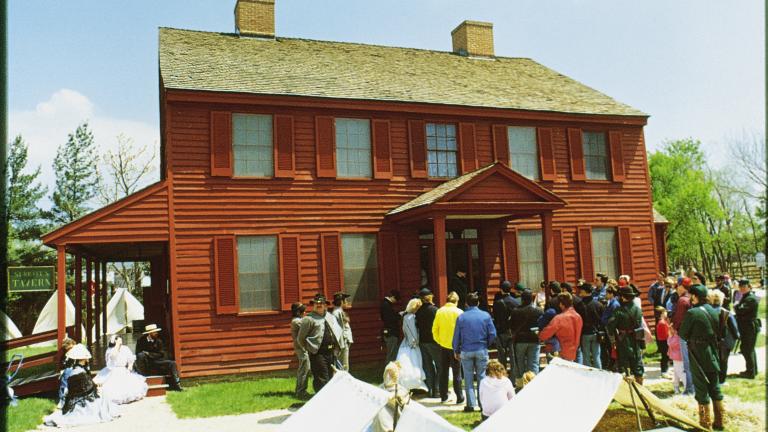
John Wilkes Booth stopped here to pick up weapons as he fled Washington, D.C. after killing President Lincoln. This was the home of Booth’s co-conspirators Mary Surratt and her son John. Mary was tried and hanged for her role in the plot, but some still believe she was innocent. Tour the museum built in this immaculately preserved 1852 farm house that was the site of one of the most important moments in American history.
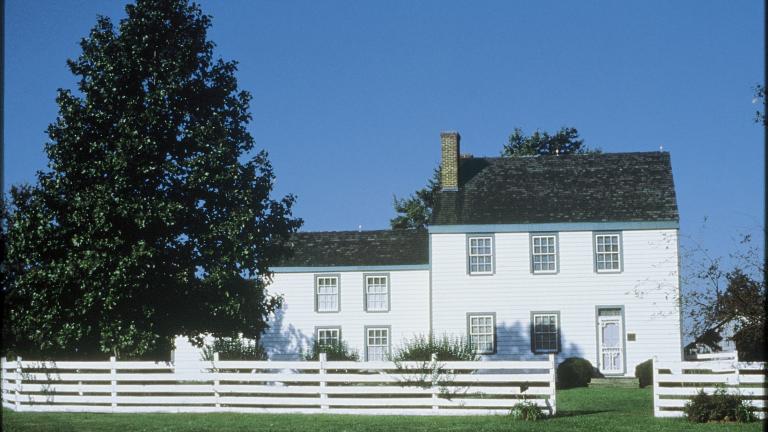
John Wilkes Booth stopped here while attempting escape from federal authorities after he assassinated President Abraham Lincoln, The Great Emancipator. Dr. Mudd treated the villain, setting his broken leg History continues to debate Dr. Mudd’s role in the plot to kill Lincoln: some say he was part of the conspiracy, others claim he was an innocent caught up in Booth’s folly. Visit the museum and decide for yourself. Many of the costumed tour leaders are direct descendants of the doctor still fighting to clear the once proud name, Mudd.
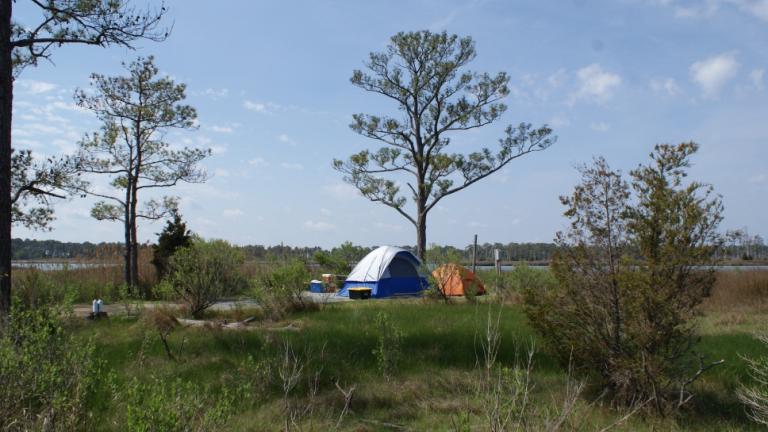
More than 50,000 Confederate prisoners were held here at Point Lookout prison camp. Many died due to the harsh conditions or drowned in futile attempts to escape by swimming the mouth of the Potomac River to Virginia. This was also the site of the Union’s Hammond Hospital, and enslaved freedom seekers from Virginia escaped to the Union lines here where they were protected and some served as prison guards. The site now offers a swimming beach, campground, lighthouse, museum and water trails, but is considered by many to one of the most haunted places in America.
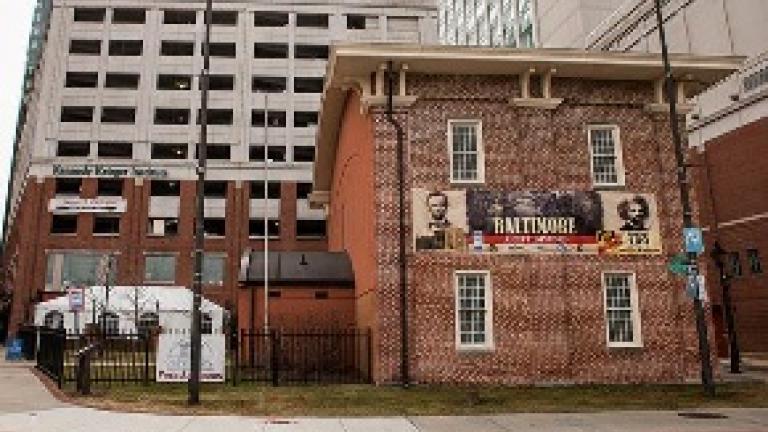
Union troops arrived by train to this station, en route to Washington, D.C. to defend the capital. They walked Pratt Street to Camden Station to change trains. Along the way, Confederate sympathizers attacked the Union soldiers who were injured during what became known as the “Pratt Street Riots,” the first bloodshed of the Civil War. Exhibits inside the historic station depict these events.
Nearby, a short water taxi ride will take you to Fort McHenry, which was utilized as a Union prison camp, and the B & O Railroad Museum displays “The War Came By Train” exhibit, a fascinating look at how rail shaped the Civil War.